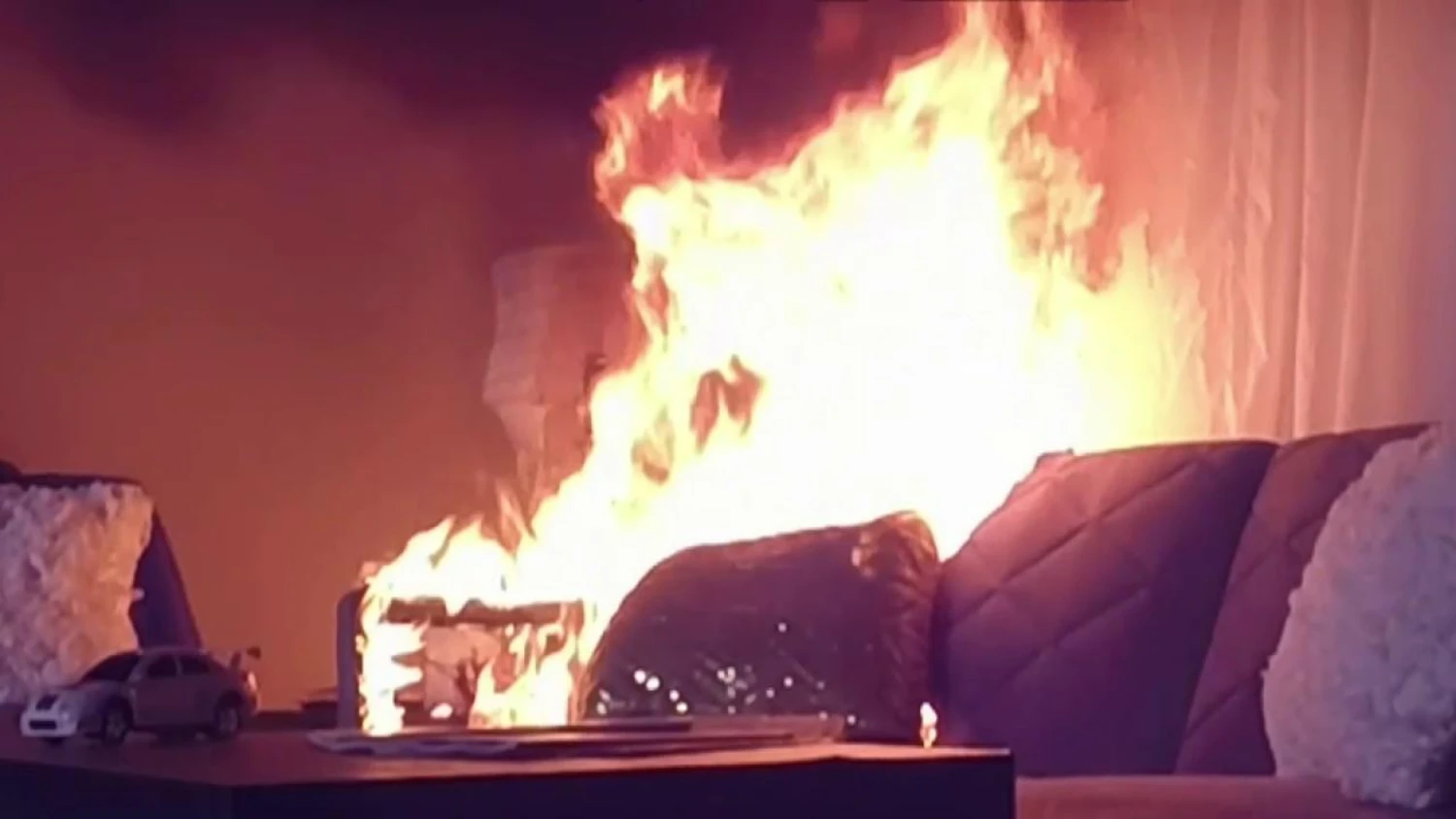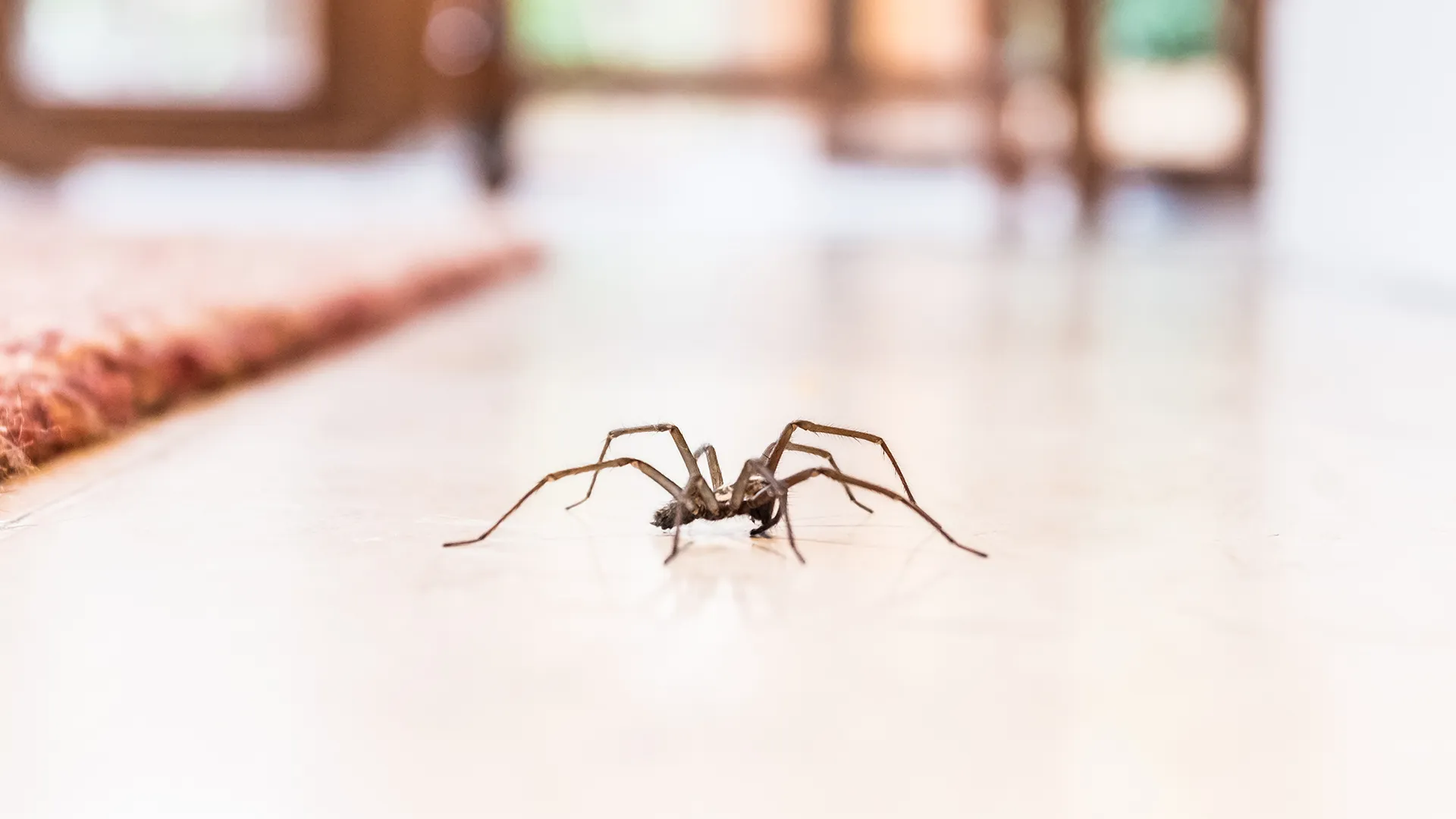Whether your home is a single-family residence or an apartment building, it is essential to make sure your family knows how to escape in the event of fire.
It is especially important for young children to be taught how to escape in a fire. This includes understanding what the alarm sounds like, as well as how to stop, drop and roll!
1. Smoke Detectors
Detectors can save lives, as they give people time to escape a fire before it spreads. But they also depend on being in working order, so it’s important to regularly test them and replace batteries.
Smoke detectors are available in a variety of styles, types and features. Some are battery-powered and operate independently, while others are interconnected.
2. Fire Escape Plan
Every family should have a fire escape plan. This plan should include a floor map of the house or building and mark safe ways out of each room.
A fire can spread quickly, and you may have less than one minute to get out safely after the smoke alarm goes off.
It’s important to talk about your fire escape plan with all the members of your family at least twice a year. You should also hold escape drills and make them as realistic as possible.
3. Pets
Pets are a great addition to your family, but they also pose some serious fire hazards. According to the National Fire Protection Association, nearly 1,000 accidental home fires are caused by pets every year.
A pet’s curiosity can often lead them to bump into, turn on, or knock over cooking equipment, fireplaces and chimneys, lamps, bulbs and wiring. Fortunately, there are ways to prevent these accidents from happening in the first place.
4. Kitchen
As homey and fun as your kitchen is, it’s also one of the most dangerous places in your home. A kitchen fire can start quickly, and it is the number one cause of fire-related injuries and deaths.
The stove and oven are the most common sources of kitchen fires, so it’s important to take extra precautions when cooking. Never leave food on the stove or oven unattended and use the stove top to heat only when necessary.
5. Space Heaters
Space heaters can be a convenient and inexpensive way to heat up a specific room, especially during the winter. However, they also pose fire risks when used improperly.
Fortunately, many modern space heaters come with safety features that automatically shut off the device when it tips over or gets too hot. In addition, they should be kept at least three feet away from anything flammable, such as curtains, bedding or carpets.
Moreover, electric space heaters should be plugged directly into wall outlets and not an extension cord, which can overheat and cause a fire.
6. Electrical Cords
Electricity is one of life’s greatest conveniences, but it can also be a dangerous source of fire. If you’re a homeowner, it’s important to know how to safely handle electrical cords and appliances in your home.
Keep power cords out of children’s reach and away from flammable materials like candles, paints and oils. Also, be sure to check the wiring connections and remove any frayed or corroded wires.
7. Woodstoves
A wood stove is a great way to heat your home without using gasoline, coal, or other nonrenewable fuels. They are also safe and environmentally friendly, bringing warmth and charm to your home.
They are made up of four main components: a firebox, a grate, a flue, and a chimney. The firebox is where the wood is burned, and it’s usually made of fireproof bricks or steel. The grate holds the wood in place, and the flue carries the smoke and hot air to the chimney where it’s vented out of the house.
8. Smoke Alarms
Smoke alarms are the best way to detect a fire in the home and give you a critical window of opportunity to escape safely. Install them in every sleeping area and on every level of the home.
They should be installed high on a wall or ceiling, and at least 18 inches away from dead air space near walls and corners. Also, never place them closer than three feet from an air register that could re-circulate smoke.




